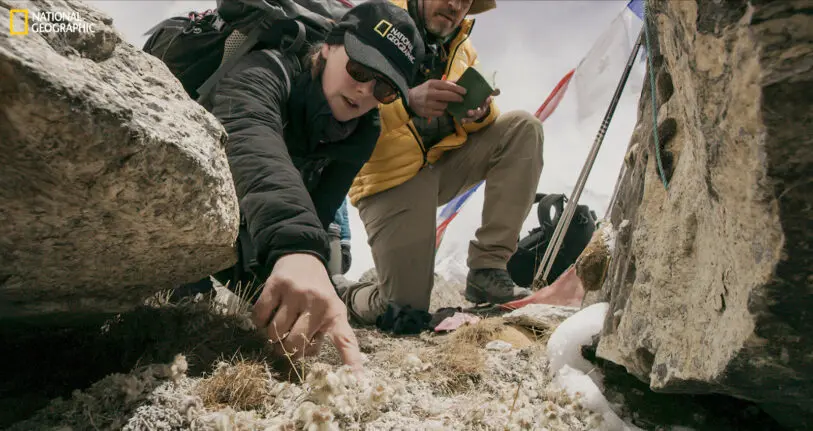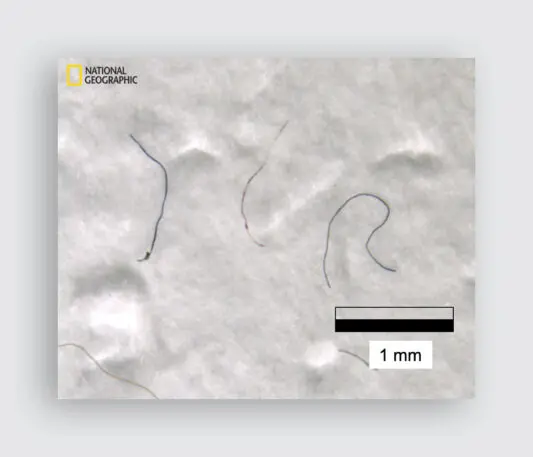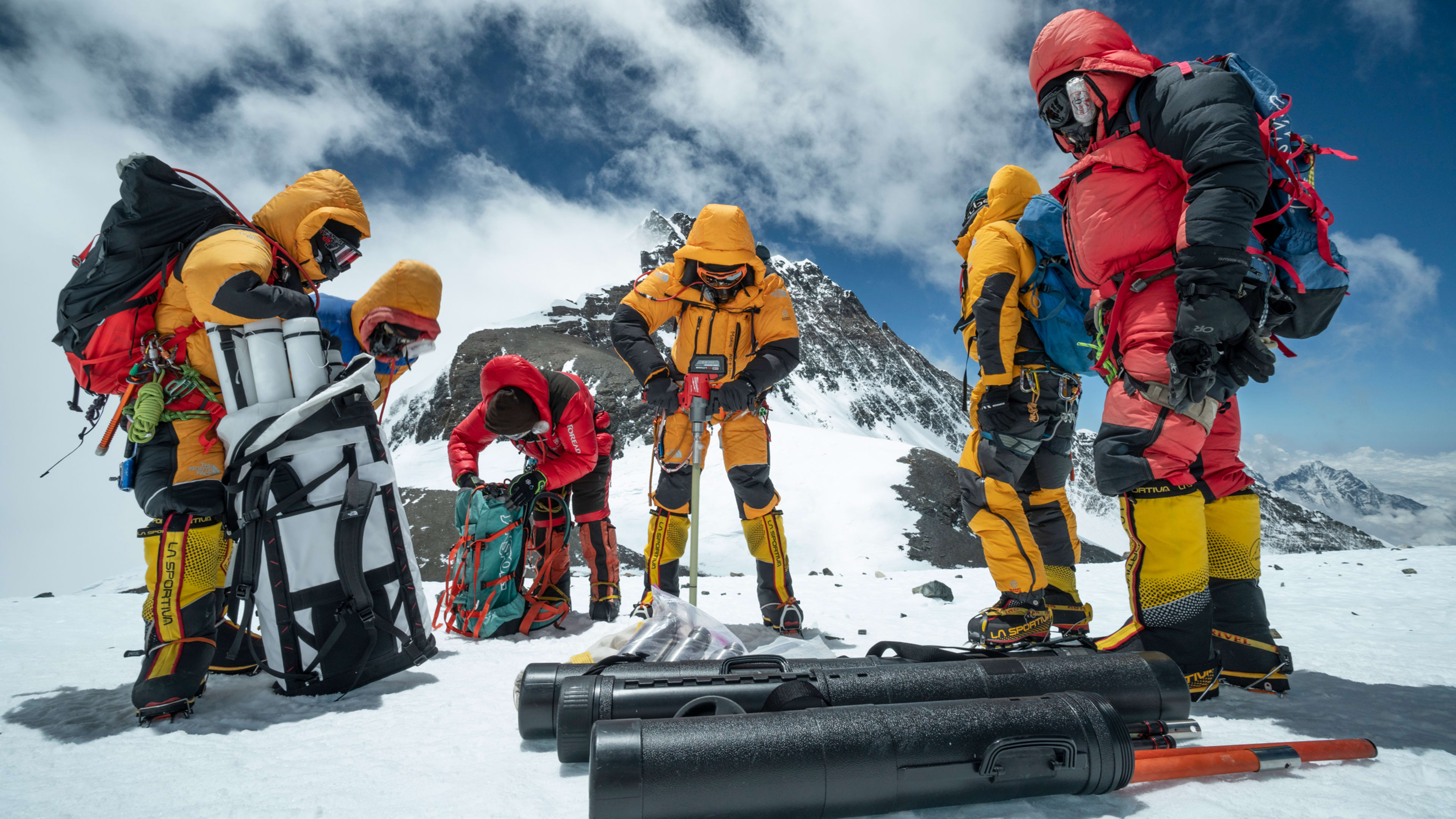The once-pristine and isolated Mount Everest is now sometimes called the world’s highest garbage dump: On one expedition in 2019, the Nepali government removed 24,000 pounds of trash, from used oxygen cylinders and plastic bottles to batteries that climbers had left behind. But even if all the visible trash was cleaned up from the world’s tallest mountain, we couldn’t return it to its original state: A new study finds that snow and streams in the area are also filled with microplastics.


For the outdoor companies that make clothing and equipment like tents from plastic-based fabrics—but that cater to customers who often consider themselves environmentalists—plastic presents a challenge. When it’s washed, synthetic fabric tends to release huge numbers of microfibers; some are captured at wastewater treatment plants, while others escape into the environment. One recent study estimated that around 4,000 metric tons of plastic microfibers, or 13.3 quadrillion fibers, were released into the environment in California in 2019. More of the fibers can escape as people wear the clothing outside. In response, some companies, like Patagonia, are researching ways to design fabric differently or turn to other materials, like wool. Startups are working on new materials that can biodegrade, like fabric made from methane emissions.
“There are a lot of promising developments in industry at the moment,” says Napper. “We need to keep up the momentum, and ensure that such products are tested and evaluated before use. Solutions need to deliver a positive account, not create future issues. Plastic is a fantastic material, it is how we use and dispose of it that is an issue.”
Recognize your brand’s excellence by applying to this year’s Brands That Matter Awards before the early-rate deadline, May 3.
